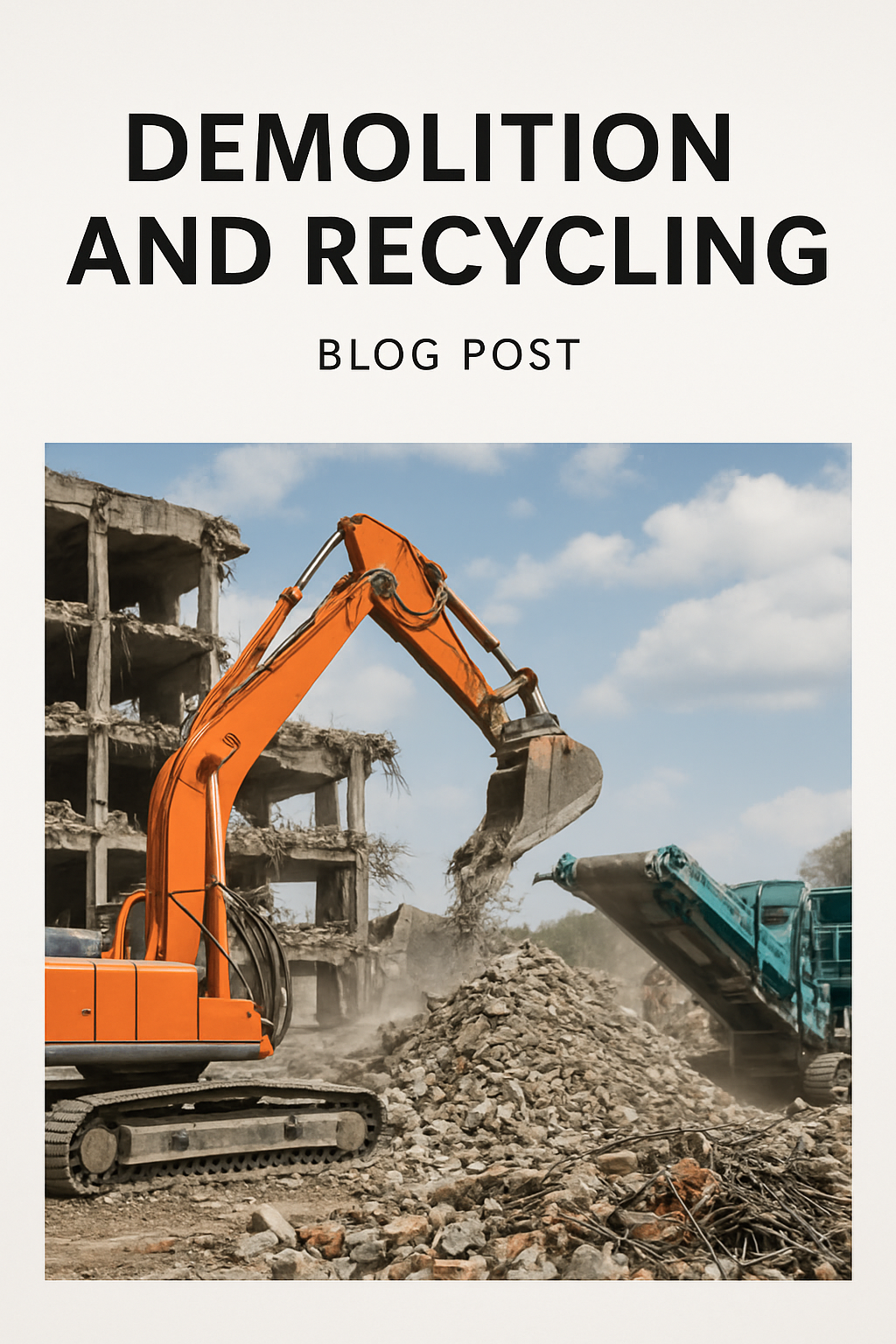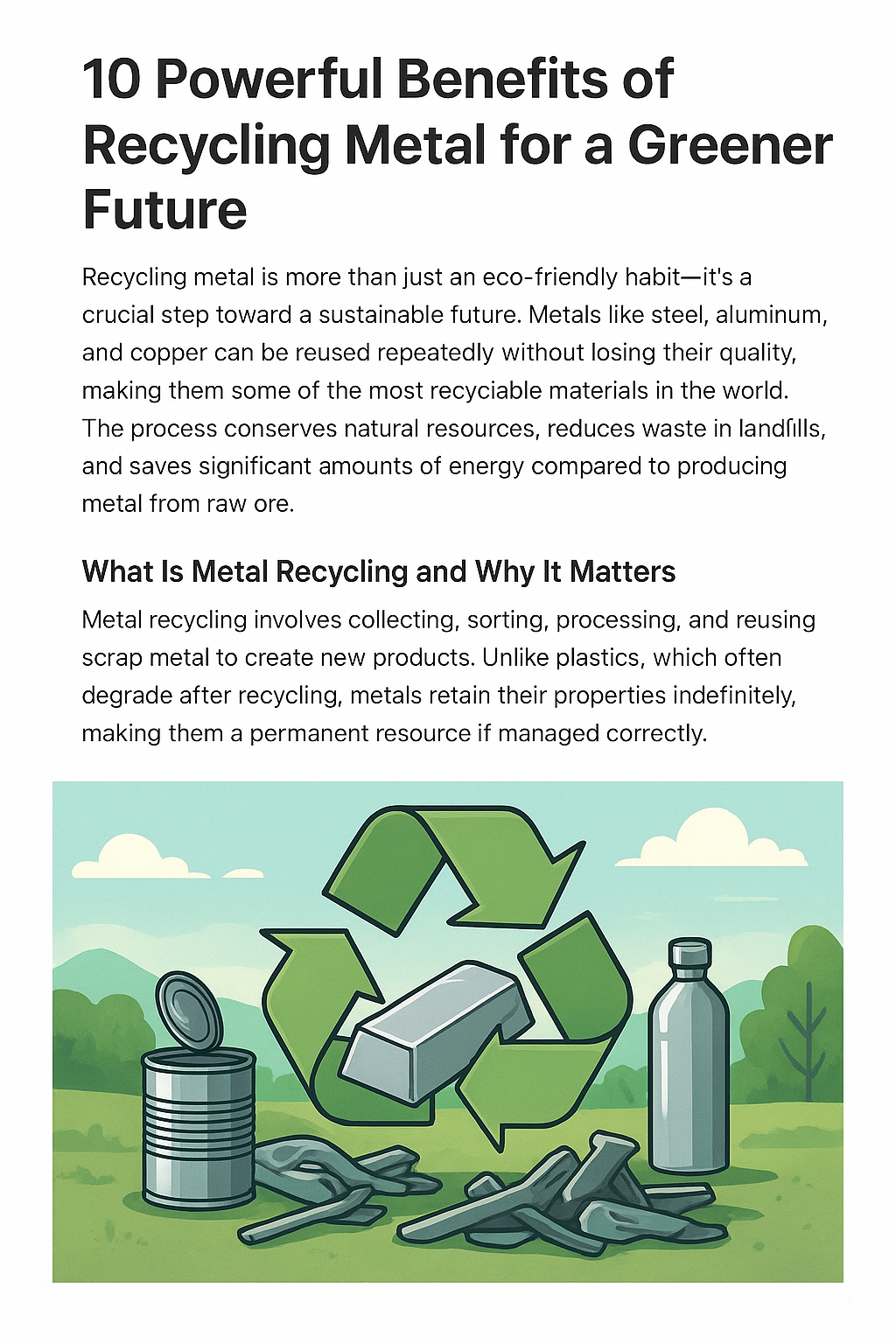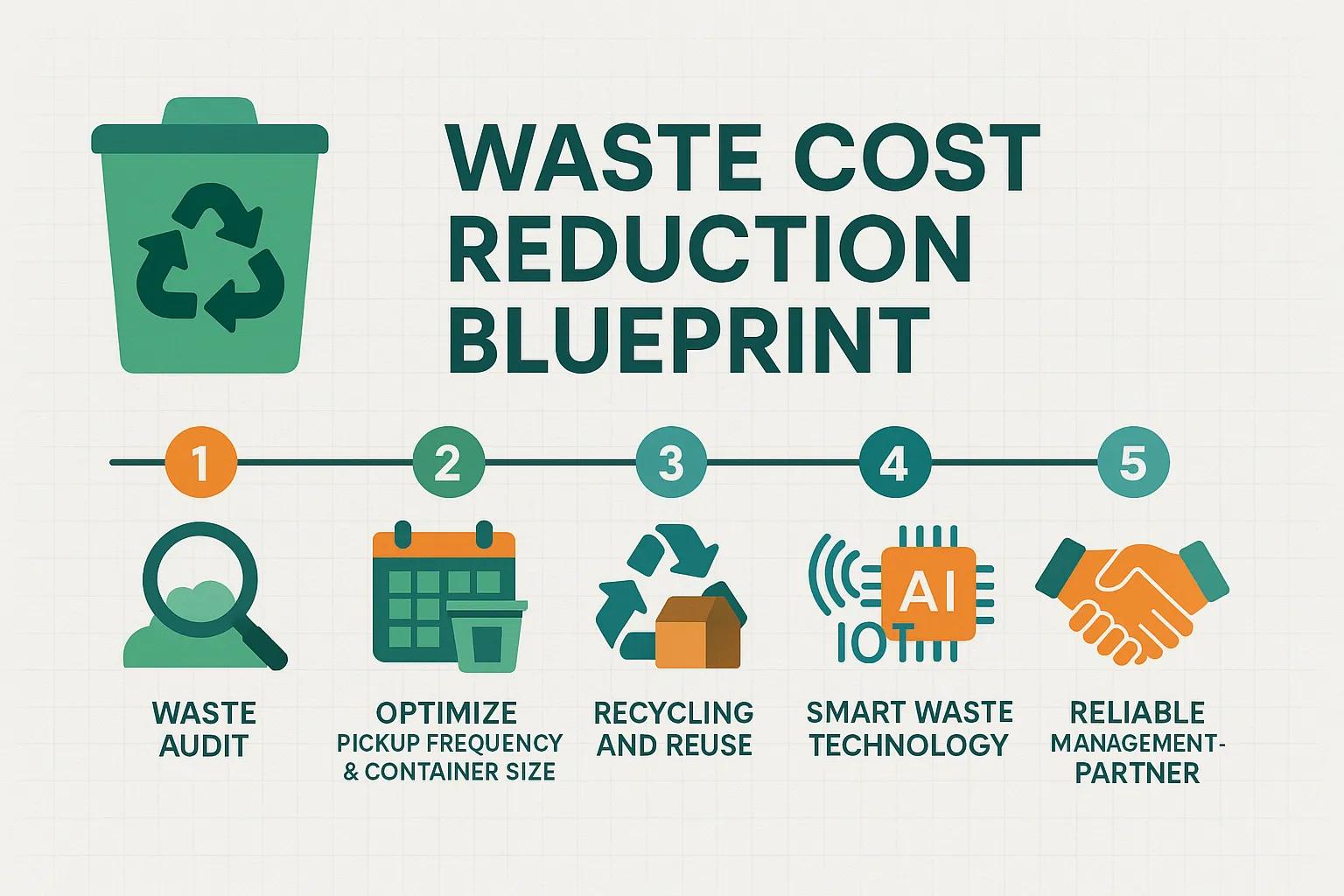
The Powerful Impact of Demolition and Recycling on Sustainable Construction (2025 Guide)
By BKThemes
Meta Description: .
Understanding Demolition and Recycling
Definition and Scope
Demolition is the systematic process of tearing down buildings or structures, making way for new construction or land use. Recycling in this context refers to reclaiming materials from these demolished structures to be reused, repurposed, or processed for future projects.
Demolition and recycling go hand-in-hand in today’s sustainable construction industry. Rather than sending debris to landfills, companies now focus on extracting value from waste.
History and Evolution of Demolition Practices
In the early 20th century, demolition was fast, forceful, and wasteful. Buildings were leveled with little regard for the materials. However, as environmental concerns and urban planning evolved, so did demolition techniques.
By the 2000s, “green demolition” became a buzzword, prioritizing waste management and salvage. Today, with climate change and carbon reduction goals at the forefront, recycling materials post-demolition is more essential than ever.
Key Differences Between Demolition and Deconstruction
While demolition is about speed, deconstruction focuses on sustainability. Deconstruction involves carefully disassembling buildings to preserve reusable materials. It’s slower but much more eco-conscious, often reclaiming 60-90% of the original structure.
| Demolition | Deconstruction |
|---|---|
| Fast and forceful | Slow and methodical |
| More waste | High material recovery |
| Lower labor costs | Higher labor costs |
| Ideal for unsafe structures | Ideal for salvageable buildings |
The Importance of Recycling in Modern Demolition
Reducing Landfill Waste
Every year, millions of tons of construction debris end up in landfills. By recycling concrete, wood, and metals, the load on landfill sites is drastically reduced, helping cities manage waste more effectively.
Resource Recovery and Reuse
Concrete can be crushed and reused as base material. Wood can be reclaimed for furniture or construction. Metals can be melted and reshaped. Recycling helps reduce the need for virgin resources, conserving natural materials like trees, minerals, and fossil fuels.
Environmental Protection and Emissions Control
Manufacturing new materials consumes a lot of energy and emits greenhouse gases. Recycling drastically cuts down emissions, making construction more climate-friendly. For example, recycling steel saves up to 75% of the energy needed to produce it from raw materials.
Types of Demolition Techniques
Implosion
Used for large buildings, this technique relies on explosives to collapse structures inward. It’s efficient but requires detailed planning and safety measures.
Selective Demolition
Also known as “soft strip,” this approach targets specific materials—doors, windows, wiring—for recovery before total teardown. It’s preferred for recycling-intensive projects.
Mechanical Demolition
Involves machinery like excavators and bulldozers to bring down structures. Quick and suitable for various project sizes.
Crane and Ball Method
Old-school but still relevant in some cases, this method uses a wrecking ball to hit and collapse walls. It’s dramatic but less precise and generates more waste.
Recyclable Materials in Demolition
Concrete and Masonry
These can be crushed into aggregates for road bases or new concrete mixes.
Wood and Timber
Solid timber is highly reusable in framing, flooring, or furniture. Even treated wood can be chipped and used as biomass fuel.
Metals: Steel, Iron, and Copper
These have high recycling value. Steel beams, iron pipes, and copper wiring can be melted and reused without loss of quality.
Glass and Plastics
Though more challenging to recycle due to contamination, advancements in sorting and cleaning are improving recyclability.
Process of Demolition and Recycling
Site Assessment and Planning
Before demolition begins, professionals evaluate the site, structure, and materials to plan the safest and most efficient strategy.
Safety and Compliance
Strict regulations guide everything from asbestos removal to machinery operation. Personal Protective Equipment (PPE) is mandatory.
Waste Sorting and Segregation
Materials are sorted on-site into recyclable, reusable, and hazardous categories. Proper labeling and containment are crucial.
Transportation and Processing
Recyclables are then transported to processing centers, where they’re prepared for reuse or resale.
Benefits of Demolition and Recycling
Cost-Efficiency
Recycling can lower waste disposal fees and material purchasing costs. Many projects recover up to 30% of costs through reclaimed materials.
Job Creation and Economic Growth
The recycling industry employs thousands—from material handlers to processing plant workers—contributing to the green economy.
Sustainable Urban Development
By integrating recycling into city planning, municipalities can reduce their environmental footprint while revitalizing neighborhoods.
Challenges in Demolition and Recycling
Contaminated Materials
Asbestos, lead paint, or mold can complicate the recycling process, requiring costly removal and treatment.
High Labor and Machinery Costs
Deconstruction requires skilled labor and time. Additionally, advanced machinery and waste tracking systems come with a hefty price tag.
Legal and Regulatory Hurdles
Navigating permits, zoning laws, and environmental regulations can delay projects and increase costs if not managed correctly.
Role of Technology in Demolition and Recycling
Robotics and Automation
Modern demolition now includes robotic arms and automated tools for safer and more precise dismantling. These systems can remove hazardous materials and selectively disassemble components without human risk.
Smart Waste Tracking Systems
Digital waste management tools allow contractors to track where each material ends up—landfill, recycled, or repurposed. These systems improve accountability, streamline processes, and support green certifications.
AI for Material Sorting
Artificial Intelligence is revolutionizing recycling. Smart sensors and machine learning algorithms identify and sort materials on conveyor belts with high accuracy, reducing contamination and improving efficiency.
Regulations and Guidelines
OSHA Standards
The Occupational Safety and Health Administration (OSHA) enforces safety standards on demolition sites, including fall protection, equipment handling, and worker training.
EPA Guidelines
The Environmental Protection Agency mandates proper disposal and recycling of materials like lead-based paint, asbestos, and mercury.
Local Municipal Rules and Permits
Cities and counties may require specific permits for demolition, especially when recycling targets are set or historic buildings are involved.
Green Building and LEED Certification
How Demolition Recycling Supports LEED
LEED (Leadership in Energy and Environmental Design) encourages material reuse. Recycling demolished materials can contribute significantly to LEED credits, especially under the Materials and Resources (MR) category.
Material Credits and Documentation
For LEED compliance, thorough documentation of recycled materials—weight, type, and destination—is essential. Accurate records prove your project’s environmental responsibility.
Case Studies of Successful Projects
Urban Demolition with 90% Recycled Waste
In Portland, Oregon, a warehouse was demolished with 92% of materials recycled—including wood, brick, and steel—saving over $100,000 in disposal costs and reducing carbon emissions.
Adaptive Reuse of Materials in Residential Projects
A Los Angeles project deconstructed a home and reused reclaimed wood, cabinets, and doors in the new build. This not only saved money but preserved architectural heritage.
Comparing Traditional Demolition vs. Sustainable Demolition
| Feature | Traditional Demolition | Sustainable Demolition |
|---|---|---|
| Speed | Fast | Moderate |
| Waste | High | Low |
| Cost | Lower upfront | Long-term savings |
| Environmental Impact | Negative | Positive |
| Material Recovery | Minimal | Maximum |
Long-Term Benefits of Recycled Materials
Reused materials often come with a history, unique character, and durability. Plus, they reduce your dependency on newly manufactured, resource-intensive materials.
Future of Demolition and Recycling
Circular Economy in Construction
A circular economy keeps materials in use for as long as possible. Future demolition will focus more on design for disassembly—creating buildings that are easy to take apart and reuse.
Innovations in Building Material Recovery
Researchers are developing new ways to recycle previously non-recyclable materials, like composite plastics and mixed insulation. Expect more eco-friendly materials in future demolitions.
Choosing the Right Demolition Contractor
What to Look For
Choose contractors with:
-
Experience in sustainable practices
-
Proper licensing and insurance
-
Strong safety record
-
Transparent pricing
Questions to Ask
-
Do you recycle or salvage materials?
-
Can you help us earn LEED credits?
-
What technology do you use for material sorting?
Certifications and Licenses
Look for affiliations with:
-
National Demolition Association (NDA)
-
U.S. Green Building Council (USGBC)
-
Local Environmental Protection Agencies
Cost Considerations in Demolition and Recycling
Pricing Breakdown
| Component | Estimated Cost |
|---|---|
| Planning & Permits | $1,000–$5,000 |
| Labor | $5,000–$15,000 |
| Equipment | $2,000–$10,000 |
| Waste Disposal | $500–$4,000 |
| Recycling & Sorting | $1,000–$8,000 |
Financial Incentives and Tax Credits
Some governments offer tax credits for green demolition or waste diversion, especially when tied to redevelopment or brownfield cleanup.
Budgeting Tips for Property Owners
-
Ask for detailed quotes
-
Account for unexpected hazardous materials
-
Prioritize recyclable and resalable materials
FAQs About Demolition and Recycling
Is everything recyclable in a demolition project?
No, some materials like certain insulations or hazardous wastes may not be recyclable and require special disposal.
How long does a demolition project take?
Anywhere from a few days to several weeks, depending on the structure’s size and recycling goals.
Can homeowners manage demolition themselves?
Only if the structure is small and local laws allow it. Most cities require licensed contractors for safety and environmental reasons.
What’s the cost of recycling materials from demolition?
It varies, but sorting and processing generally add 10–20% to total project costs. However, you may save on disposal and material purchase.
Are recycled materials safe to reuse?
Absolutely. As long as they’re properly cleaned and inspected, recycled materials can be as safe and reliable as new ones.
What are the greenest demolition methods?
Selective deconstruction and reuse-focused strategies offer the lowest environmental impact.
Conclusion: The Way Forward for Eco-Friendly Construction
Demolition and recycling are no longer just about tearing things down. They’re about building a smarter, cleaner future.
By choosing the right methods, materials, and contractors, you contribute to a circular economy, reduce waste, and promote sustainable growth. Whether you’re renovating, rebuilding, or starting fresh—think demolition and recycling as your first step toward sustainability.



